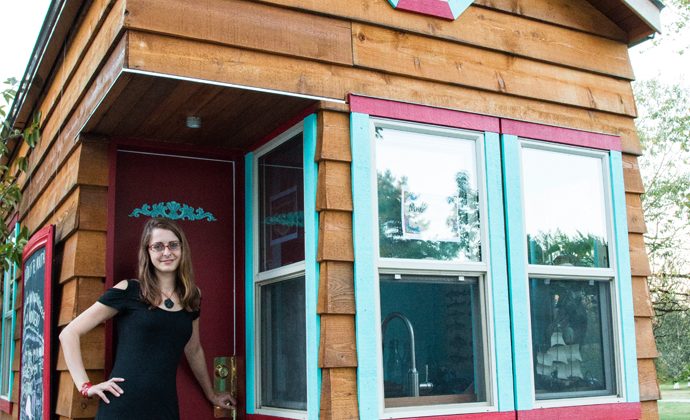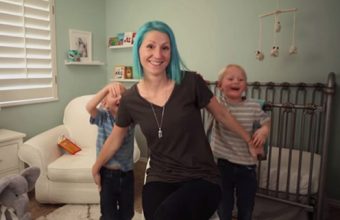In East Van, nestled next to the Trout Lake Community Centre, is a tiny little cabin. At just 176 square feet, the small (and magical) space is the first ever ‘tiny house’ to be used as a community workshop space, teaching classes on everything from making tin can lanterns and stuffed animals with light up eyes to calligraphy and more. We chatted with Zee Kesler, artist, educator and founder of the Tiny Community Centre (also known as the Magic Trout Imaginarium) to talk about the world’s smallest mobile classroom.
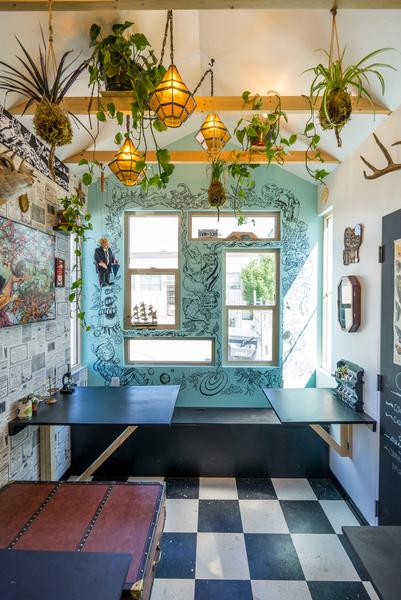
What’s the story behind the Magic Trout Imaginarium?
The Imaginarium is a manifestation of two of my personal dreams: to build and own a home in Vancouver and to run an art school. I knew both of these dreams were not achievable in a conventional sense because of the high cost of real estate, so I had to think around the money issue. So, I ran a ‘Learn to Build’ workshop. We used the money from the workshop to build the Imaginarium, along with plenty of salvaged resources.
The Imaginarium was built in summer 2014 by myself and four other artists and carpenters. It was built for $27,000 taking into account 80% or so of materials were donated or salvaged; and labour was basically honorarium. The labour honorarium was paid back monthly over the past two years. On average most tiny houses cost $45,000+, so I am lucky I was able to do this for so inexpensive. I applied to a Parks Board program I had previously been apart of called Artists in Communities (I painted murals at Sunset and Moberly). So the Parks Board knew me already. When I applied we got interviewed at several centres. Trout Lake was the best fit because of safety concerns (vandalism) as well as our theme (having the park and lake made it easier to tie into our programming).
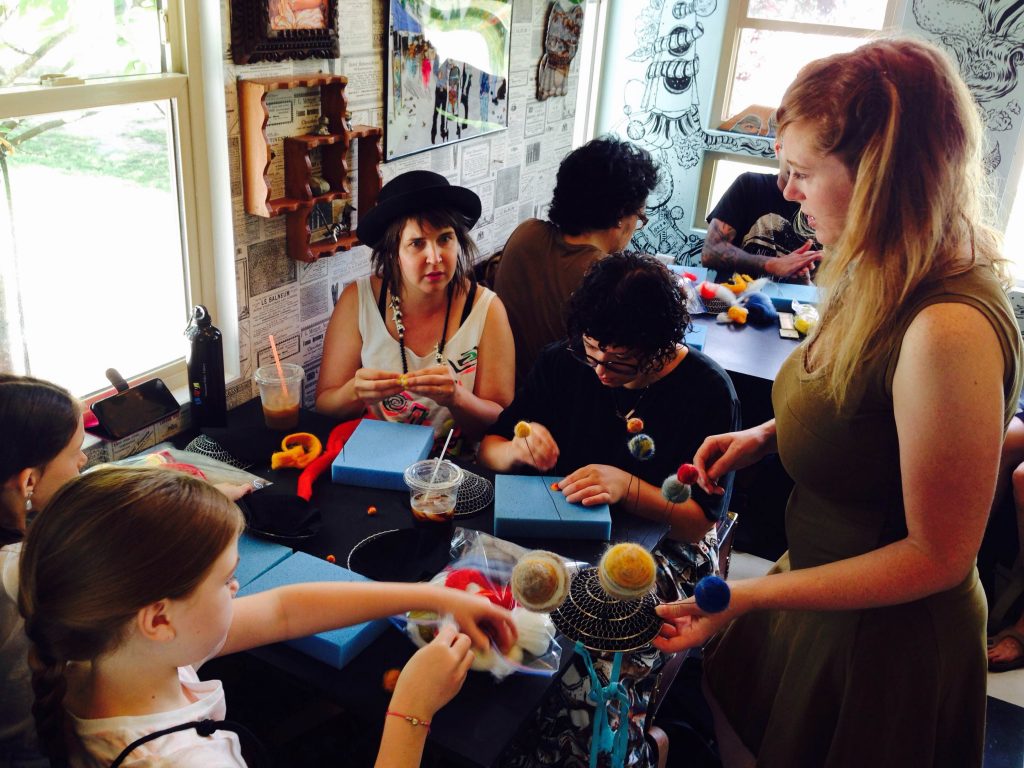
What is the space used for? What classes do you run? What are your favourite classes to teach?
I imagined an environment that was art-focused that wasn’t an art gallery; somewhere that sort of straddles the line between museum and classroom. I call the Imaginarium a mobile curiosity cabinet, so we teach everything that touches on our theme of wonder and curiosity: natural wonders, mechanical wonders and anything that inspires people to look further into a topic. I love to teach classes that are mixed ages, I love that kids and adults can learn and be inspired by each other. Right now I am really excited by automatons (mechanical toys created in the 1800s)—we have a class coming up in December.
We hear a lot about living in small spaces, but what are the benefits of teaching in a small space?
Teaching in a small space means I can’t be forced to increase my class size! I like small classes. Ideal is six to 12 students. It also means everyone gets to know each other and the space warms up really fast in the winter. I think the vibe of the space being small; as well as that it’s an unconventional classroom also adds to the creativity in the room.
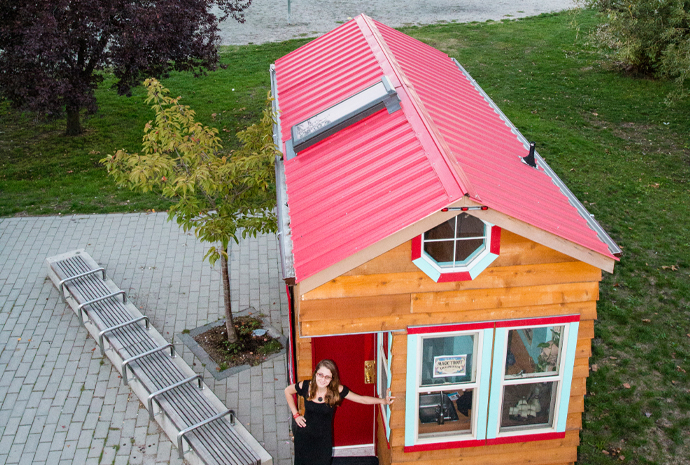
What are your plans for the Magic Trout Imaginarium in the future?
I really want to move the Magic Trout Imaginarium to Granville Island. I just met with some people there who like the idea, but I haven’t formally proposed anything yet. There are so many levels of approval and back and forth with this sort of thing. There’s a plan for Granville Island 2040 and part of the mission is to support experimental art projects. I am hoping it will work out, because then I will be surrounded by a community of artists every day; and people from all around the world will get to visit the Imaginarium.
Tagged under: classrooms,Inside the World’s Smallest Mobile Classroom,Trout Lake Community Centre,mobile classroom,Magic Trout Imaginarium
Category: attractions


